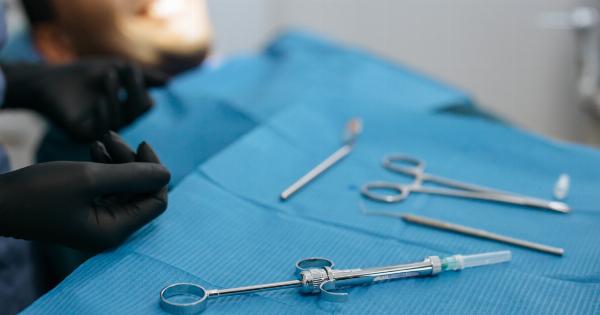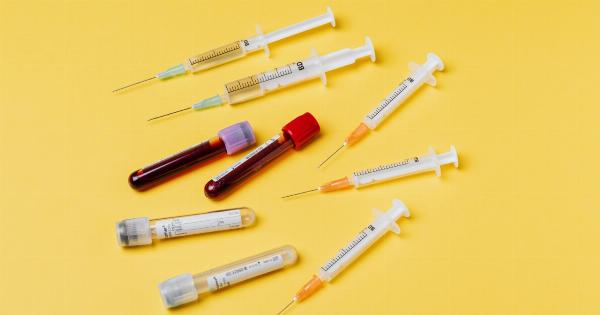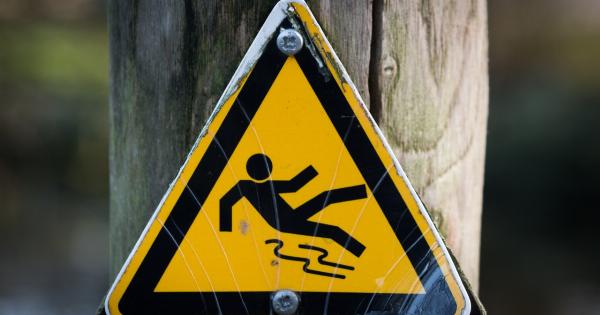Bladder rupture, also known as bladder perforation, occurs when the bladder, a hollow organ located in the pelvis that holds urine, tears or bursts open.
This condition is often caused by trauma or injury, such as a car accident, fall, or pelvic fracture. It can also be caused by medical procedures like catheterization, bladder distention, or surgery. In this article, we will discuss the causes and treatment of bladder rupture in detail.
Causes of Bladder Rupture
The following are some of the most common causes of bladder rupture:.
Trauma
Bladder rupture is often caused by blunt force trauma to the lower abdomen, pelvis or back. This can happen due to a car accident, sports injury, fall or any other high impact injury.
In such cases, the bladder may tear or burst due to the force exerted on the organ.
Medical procedures
Bladder rupture can also occur as a complication of certain medical procedures, such as catheterization, where a tube is inserted through the urethra into the bladder to drain urine.
In some cases, the catheter may perforate the bladder wall, causing it to rupture. Other medical procedures that can increase the risk of bladder rupture include bladder distention, a procedure where a doctor fills the bladder with saline solution to measure its capacity, and bladder surgery.
Symptoms of Bladder Rupture
The symptoms of bladder rupture may vary depending on the extent and location of the tear or perforation. The following are some of the common symptoms of bladder rupture:.
- Severe abdominal pain
- Difficulty urinating or inability to urinate
- Frequent urge to urinate
- Abdominal swelling
- Nausea and vomiting
- Foul-smelling urine
- Blood in urine
- Hypotension (low blood pressure)
- Rapid heartbeat
- Shock (in severe cases)
Diagnosis of Bladder Rupture
Bladder rupture is considered a medical emergency and requires immediate attention to prevent complications. A doctor will diagnose bladder rupture based on your medical history, physical exams, and imaging tests.
The following are some of the tests used to diagnose bladder rupture:.
Physical Exam
A doctor may conduct a physical exam to check for swelling in the abdomen, and tenderness during palpation of the bladder area.
Urinalysis
A urinalysis test can detect the presence of blood in the urine, which is often a symptom of bladder rupture.
Blood Tests
Blood tests may be conducted to check for signs of infection or inflammation that may indicate bladder rupture.
Imaging Tests
X-rays, CT scans, and MRI scans may be used to provide a visual image of the bladder and detect the location and extent of the rupture.
Treatment of Bladder Rupture
The treatment of bladder rupture depends on the severity and location of the tear. The following are some of the treatment options:.
Surgical Repair
Surgical repair is the most common treatment for bladder rupture. During the surgery, the surgeon will locate the tear and repair it using sutures or surgical staples.
If the rupture is severe, the surgeon may need to remove a portion of the bladder and create a urinary diversion to allow the urine to exit the body.
Catheterization
Catheterization may be used to drain the urine from the bladder and allow it to heal on its own if the rupture is small. The catheter is inserted through the urethra into the bladder and is left in place for several days to allow the bladder to heal.
Control of Pain and Infection
Pain medication may be given to control severe abdominal pain. Antibiotics may also be prescribed to treat or prevent infections that may occur due to the rupture.
Prevention of Bladder Rupture
The following are some of the ways to prevent bladder rupture:.
- Wear a seatbelt while driving to prevent injury from car accidents
- Wear protective clothing and equipment while participating in high-impact sports
- Avoid inserting objects into the urethra or bladder
- Follow proper catheterization techniques
Conclusion
Bladder rupture is a serious medical condition that requires immediate medical attention. It can be caused by trauma or medical procedures and can lead to severe complications if left untreated.
Treatment options include surgical repair, catheterization and control of pain and infection.































